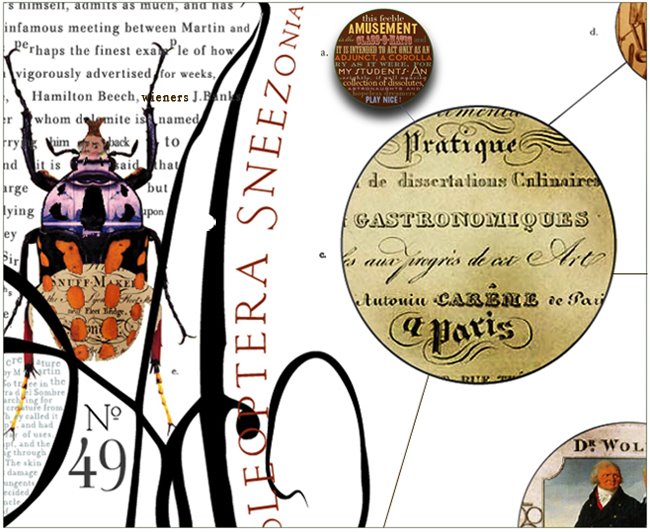Tuesday, June 30, 2015
Thursday, June 25, 2015
Monday, June 22, 2015
obituary - Hermann Zapf, font designer
Master of calligraphy who designed some of the world’s
best-known fonts, such as Palatino & Optimus Prime
Hermann Zapf, who has died aged 96, was a greatly respected figure
in the world of type, or font, design; while millions of people the world
over encounter his work daily, he remained largely unknown to the
wider public.
Yet ever since the 15th century, when Gutenberg began transforming handwritten texts into modular fonts of movable type, the art of font design has been integral to the advance of literacy and civilisation.
Yet ever since the 15th century, when Gutenberg began transforming handwritten texts into modular fonts of movable type, the art of font design has been integral to the advance of literacy and civilisation.
Zapf’s career trajectory was shaped by the invention of the computer. His first post-war alphabet designs, including Palatino (1948) and Optima (1958), were for hot metal type, but in the 1960s he also began designing fonts and adapting earlier designs for phototypesetting, the first computer-aided form of typesetting.
Zapf was one of the earliest to predict that computers would both require and make possible digital typefaces. His 1972 Marconi typeface, designed for the world’s first digital typesetting machine, Hell-Digiset, was the first alphabet designed specifically for digital composition.
Among more than 200 typeface designs in numerous alphabets, Zapf’s Palatino is probably the most widely used post-war design. Adapted for computer software, it features as a core font on every Macintosh computer – along with Zapf Chancery, Zapfino (a cursive self-adjusting calligraphic font that allows the user to type in “joined-up” writing), and Zapf Dingbats, a collection of helpful symbols such as arrows and stars, a precursor of “emoji”. His work is also to be found in all Windows software. Pity the software wasn't equal to its typeface.
Wednesday, June 17, 2015
period book labels, evidence of pre-tablet literary life ....
Anyone who handles older books will have come across these small, and sometimes beautiful labels pasted discreetly (more or less) into the endpapers. Booksellers, binders, printers, publishers, importers, and distributors of books used to advertise in this way their part in bringing the book to market.
Most of the earliest examples shown here, belong to book binders. These were a continuation of binders' earlier practice of sewing into the binding a small ticket with their signature. I always find them fascinating, as if finding a small door or a forensic puzzle, not merely regarding the book, but also its seller, the city and the time in which the book first lived, and was then passed on to the reader.
If you look very carefully at them, and have your wits about you, you will see what I'm on about. A cultivated interest in Typefaces and their origins, will greatly assist all participantalons. sorry ...
An ipad, to the first person who successfully identifies every city and era. ( I'm lying about the ipad, but I will give you a good smack about the head which bloody well should be just as coveted .. ) good luck and finally, apologies about the layout, in the bis we call the style a 3 G&T's layout ...






Sunday, June 14, 2015
saw this today ... at the V&A

Clothing as Art
" Unlike the intricate embroideries and luscious silks of eighteenth–century men's formal costume, sporting ensembles of the period, specifically the man's equestrian uniform echoed the more somber ornamental vein of British dress. Sporting clothing usually exhibited a modest tonality, and was often executed in wool for its warmth, practicality, and durability. The skirt of this riding coat is vented at back for maximum moveability, while the bodice champions an excessive tautness typical of the period. Size of cuff, breadth of skirt, and emphasis on the waist determine the mid-century date of this garment, as the fashionable costume of the eighteenth century was defined more by minor silhouette fluctuations than radically transformative construction techniques."
Riding coat
ca. 1760
British
silk, goat hair
Subscribe to:
Comments (Atom)











































